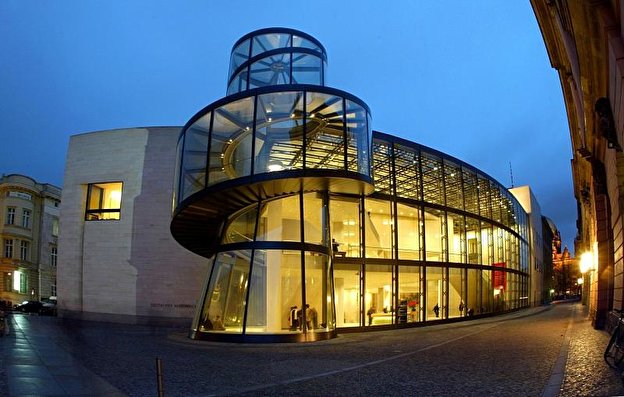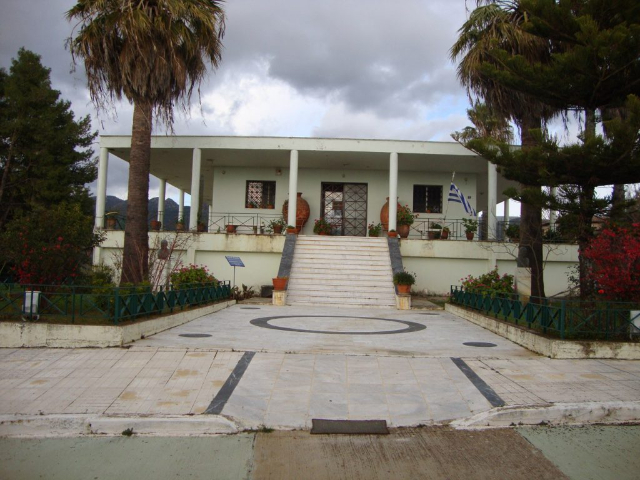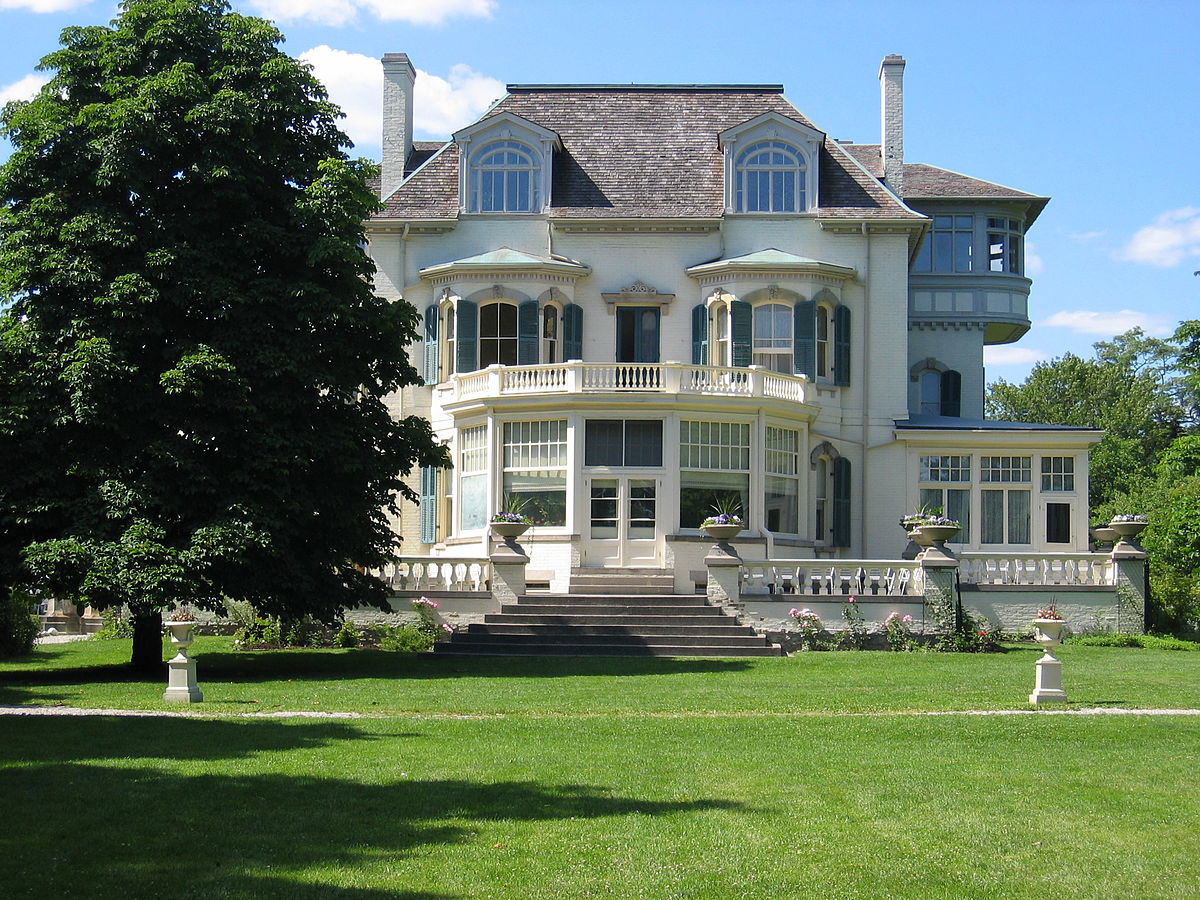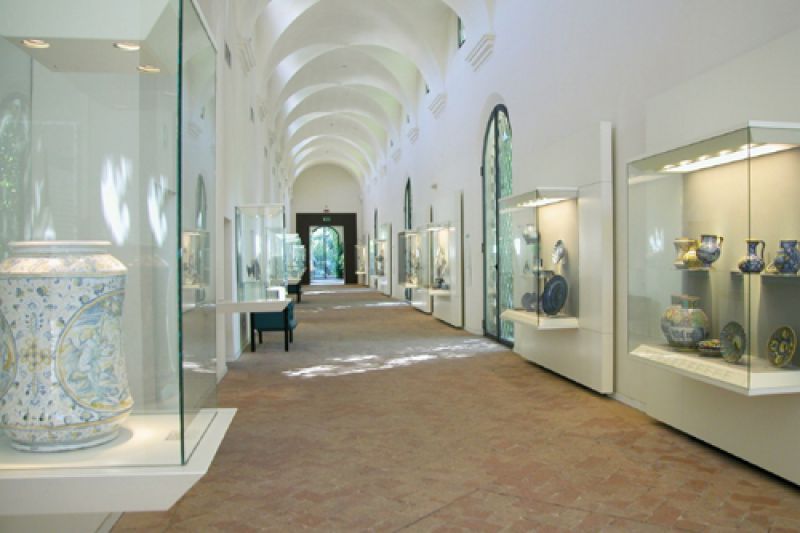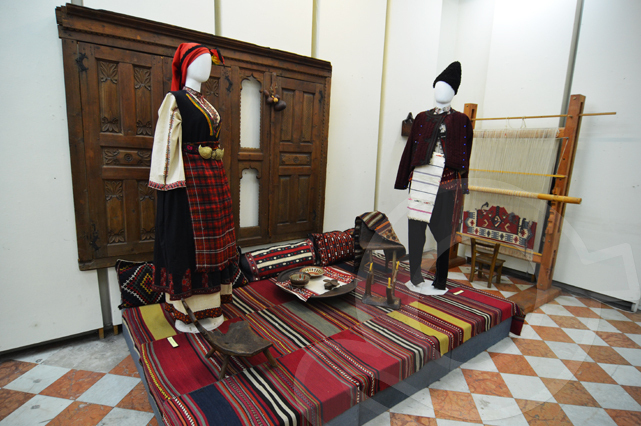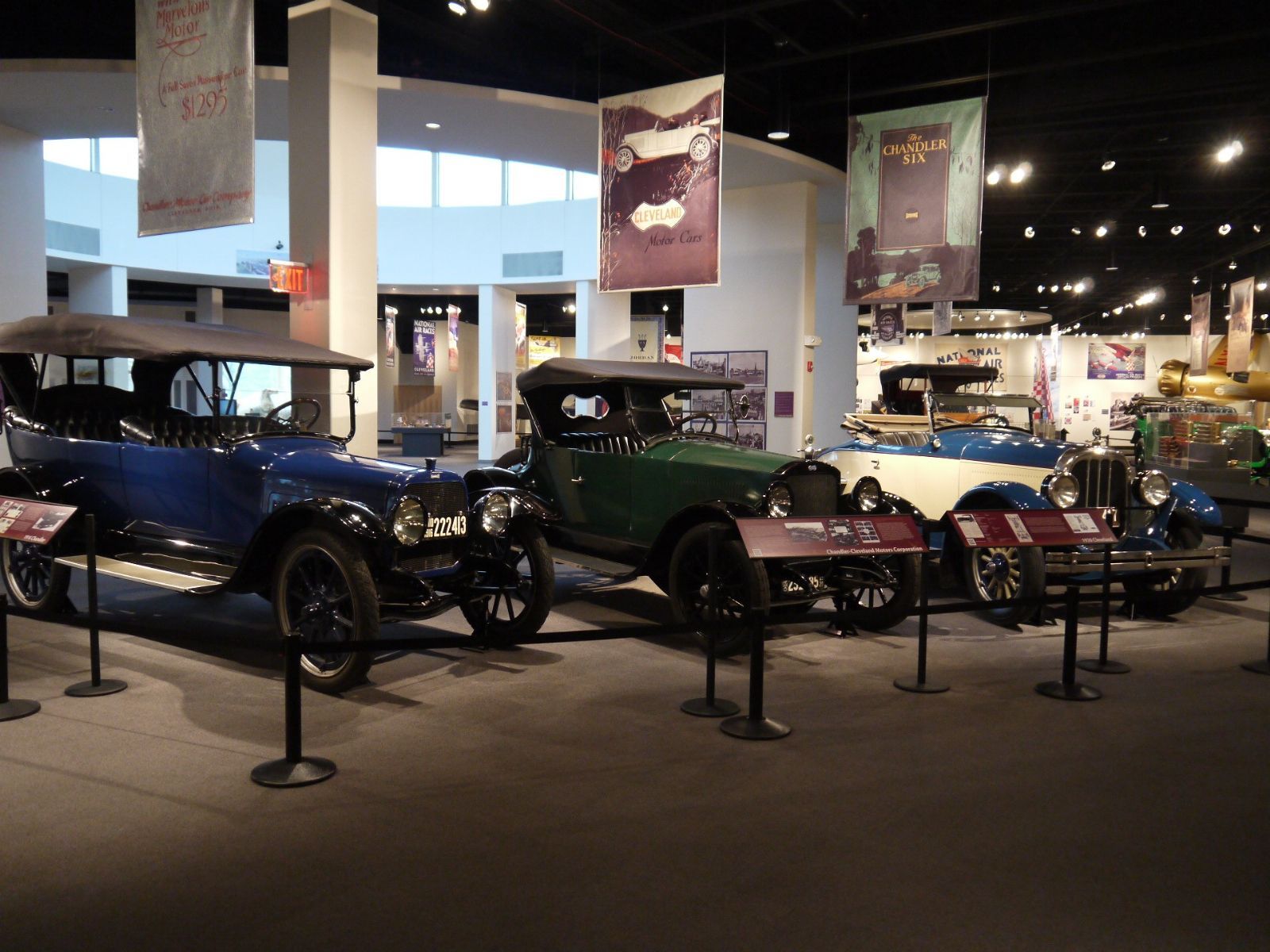The German History Museum is located in the Zeughaus, the baroque armory building opposite the Staatsoper, easily recognizable by its pink façade. Inside, more than 8000 objects and finds retrace 2000 years of German history, divided into rooms marked by colour codes. This extraordinary museum was reopened to the public on 3 June 2006, after six years of closure for restoration. The permanent exhibition, entitled "Deutsche Geschichte in Bildern un Zeugnisse" (German History in Pictures and Testimonials) is an immense chronicle of the country seen within its European context. The 7500 square meters of exhibition space are spread over two floors and collect documents, paintings, furniture, machinery and objects of all kinds, which together draw a rich historical and social portrait of the country. Like milestones, the information points guide the visitor along the route.
The route of the upper floor, which winds clockwise, begins with antiquity and proceeds gradually through the various eras, ending in 1918. On the floor below, the exhibition continues with the 20th century and ends with the reunification and departure of the Allies from Berlin.
The temporary exhibitions are housed in the 2700 square meters of the I.M.Pei Bau building, designed by the Sino-American contemporary architect Ieoh Ming Pei, who also designed the famous Louvre pyramid in Paris. Inaugurated in 2003, it represents one of the architectural gems of the new Berlin: a light, airy and geometric building that in itself is worth a visit.
